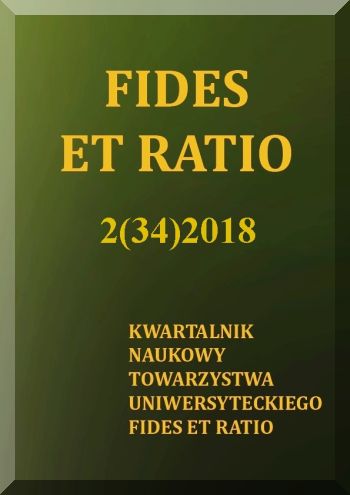Abstract
The scientific thought in the Greco-Roman world appeared with the birth of philosophy and the first philosophers in Greece (Thales, Pythagoras): they tried to explain the world and the nature without taking into account the traditional gods of the polytheism. There are two great philosophies in classical Antiquity: Epicureans (atomistic theory) and Stoics (world based on logos and ratio). The first great philosopher who founded a scientific thought in Aristotle. A great school of scientists flourished in Alexandria (Archimedes, Euclid, Eratosthenes, Heron, Claudius Ptolemy). In the Roman world, education was based on artes liberales and a system called trivium (grammar, rhetoric and dialectic) and quadrivium (including arithmetic, geometry, astronomy and music). This system is well represented by Martianus Capella, Boethius, Cassiodorus and Isidore of Seville. It survived during the Middle Age. In Rome, Lucretius exposed the Epicurean philosophy and Seneca was a Stoic philosopher. Pliny the Elder composed his great encyclopedia, Historia naturalis (thirty-seven books); a special mention is due to Vitruvius for the architecture (De architectura), a science in which the Romans really succeeded. It is well known that the Romans were great builders (the construction is based on a kind of cement, opus caementicium). We must also focus on the link between science and poetry, in technical literature, for example in the Georgics of Vergil.
References
Brind’Amour P. (1983), Le Calendrier romain, Ottawa: Editions de l’Université d’Ottawa.
Chevallier R. (1972), Les voies romaines, Paris: Collin.
Chevallier R. (1993), Sciences et techniques à Rome, Paris: Presses Universitaires de France.
Courcelle P. (1948), Les Lettres grecques en Occident, de Macrobe à Cassiodore, Paris: De Boccard.
Fauvinet-Rançon V. (2006), « Decor ciuitatis, decor Italiae »: monuments, travaux publics et spectacles au VIe siècle d’après les « Variae » de Cassiodore, Studi storici sulla Tarda Antichità 23, Bari.
Fontaine J. (1959), Isidore de Séville et la culture classique dans l’Espagne wisigothique, 2 vol., Paris: Etudes Augustiniennes.
Gavoille E. (2000), Ars. Etude sémantique de Plaute à Cicéron, Bibliothèque des Etudes classiques 17, Louvain: Peeters.
Kirsopp Michels A. (1967), The Calendar of the Roman Republic, Princeton: University Press.
Marrou H. I. (1948), Histoire de l’éducation dans l’Antiquité, Paris 1ère édition (nombreuses rééditions): Editions du Seuil.
Meslin M. (1978), L’homme romain, Paris: Hachette.
Novara A. (1983), Les idées romaines sur le progrès, d’après les écrivains de la République (essai sur le sens latin du progrès), II, Paris: Les Belles Lettres, p. 675-784.
Novara A. (1986), Poésie virgilienne de la mémoire (questions sur l’histoire dans l’Enéide 8), Clermont-Ferrand, p. 69-88.
Novara A. (1993), Virgile et l’âge d’or à venir, une prophétie obstinée et une philosophie politique, in: Europe: Virgile, n° 765-766, janvier-février, p. 24-38.
Serres M. (1977), La naissance de la physique dans le texte de Lucrèce, Paris: Editions de Minuit.
Silberman A. (1988), Chorographie de Pomponius Mela, Paris: Les Belles Lettres, (édition du document).
Thulin C. (1968), Die Etruskische Disciplin, Teil I-III., Darmastadt: Wissenschaftliche Buchgesellschaft.
Voilquin J. (1964), Les penseurs grecs avant Socrate: de Thalès de Milet à Prodicos, Paris, (1ère éd.).
